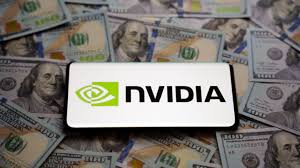Digital Media Marketing

Digital Media Marketing

1. Introduction to Digital Media Marketing
In today’s hyper-connected world, Digital Media Marketing is more important than ever. As businesses shift from traditional to digital, marketers are leveraging online channels to connect with a global audience. Whether it’s through social media, search engine optimization (SEO), or email marketing, digital media allows businesses to engage customers in meaningful ways. Here, in this tutorial, we will learn about the most critical elements of digital media marketing, the tactics and tools it is possible to use to succeed at it, and the future trends of this constantly changing field.
2. The Emergence of Digital Media in Marketing
Digital media has transformed how companies communicate with consumers. Traditionally, marketing was all about print advertising, television advertisements, and billboards. Today, however, the digital space has become the hub of marketing efforts.
With the advent of platforms like Facebook, Instagram, Google, YouTube, and new entrants like TikTok, brands now directly have access to billions of people worldwide. Digital media allows marketers to create customized campaigns, engage with audiences in real-time, and track the performance of their efforts through data analytics.
The advent of mobile phones and internet penetration has also hastened the transition, allowing digital marketing to thrive.
3. Key Elements of Digital Media Marketing
To thrive in digital media marketing, you have to familiarize yourself with its key elements:
- Content Marketing: Creating relevant, engaging content to capture and retain customers.
- Social Media Marketing: Using Facebook, Instagram, Twitter, and LinkedIn among other platforms to promote your brand.
- Search Engine Optimization (SEO): Making website content rank higher on search engine results.
- Email Marketing: Personalized and relevant messages sent to subscribers.
- Paid Advertising: Putting ads on online channels, such as Google Ads, Facebook Ads, and display ads.
Each of these plays a significant role in an overall digital marketing strategy.
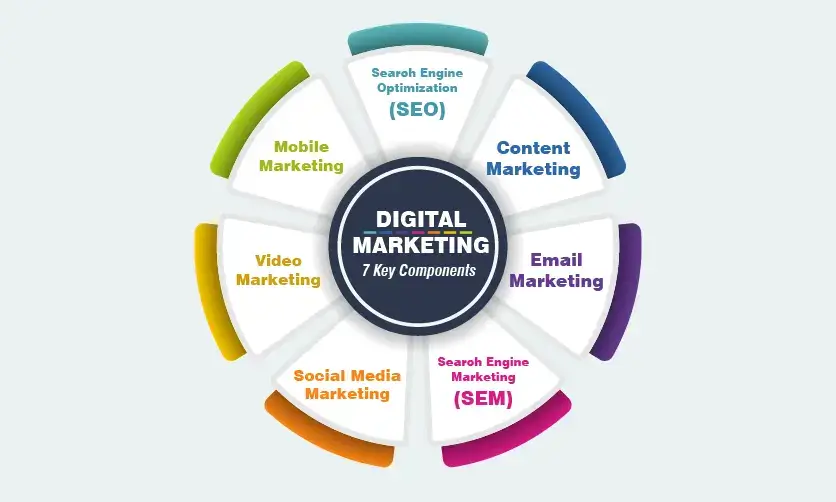
4. Social Media Marketing’s Role
Social media marketing has become a force to be reckoned with in the marketer’s arsenal. Sites such as Facebook, Instagram, Twitter, LinkedIn, TikTok, and Snapchat are hubs of audience engagement, brand familiarity, and customer loyalty. Social media algorithms have evolved in 2025, and businesses must evolve to stay in the game.
The focus now lies on organic content, community engagement, and building valuable interactions with fans.
Key strategies are:
- Paid Ads: Developing targeted advertisements from user statistics.
- Influencer Partnerships: Collaborating with influencers to amplify your message.
- User-Generated Content: Requesting followers to create content that represents your brand.
5. Search Engine Optimization (SEO) in Digital Media
SEO is the backbone of any online marketing strategy. SEO refers to making your website rank higher on search engines like Google, Bing, and Yahoo. Greater visibility translates to increased traffic and more conversions.
SEO involves:
- On-Page SEO: Optimization of website content, meta tags, images, and structure.
- Off-Page SEO: Building backlinks and improving domain authority.
- Technical SEO: Making your website quick, mobile-friendly, and crawl-friendly for search engines.
With the investment in SEO, businesses are able to build long-term organic traffic, which is less expensive compared to paid advertising.
6. Content Marketing: Creating Successful Content
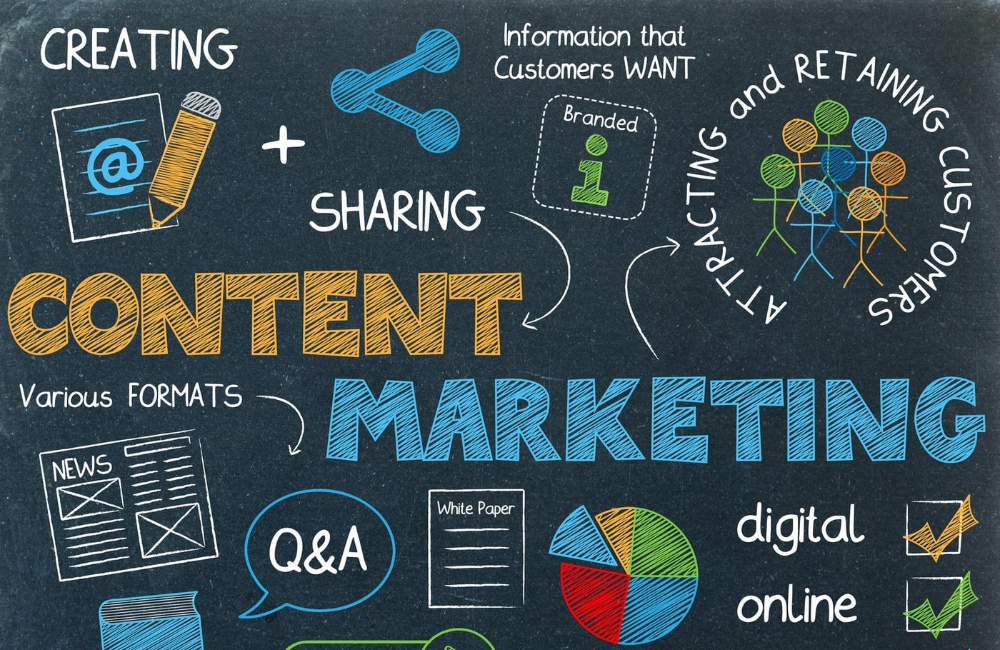
Content marketing is a process of constructing applicable content that attracts and engages a target audience. It is not just blogging; it involves videos, infographics, eBooks, and podcasts as well.
Its purpose is to offer content that:
- Resolves problems
- Educates individuals
- Entertains or inspires
Content marketing also harmoniously complements SEO by creating keyword-rich content that appears on the top of search engines. Blogging, tutorials, and how-to articles are among the most highly demanded types of content that convey authority and drive traffic.
7. Paid Advertising and Digital Media
Paid advertising is a core part of digital media marketing. It lets brands target certain audiences on interests, behaviors, and demographics.
Some of the paid adverts are:
- Google Ads: Search ads that appear on Google results pages.
- Social Media Ads: Facebook, Instagram, and LinkedIn ads.
- Display Ads: Pop-up or banner ads that appear on websites.
8. Email Marketing Strategies
Email marketing is still the strongest mechanism for lead nurturing and maintaining existing customers. Email marketing campaigns can be as simple as a newsletter or as advanced as special promotions, product announcements, and targeted information.
Good email marketing strategies are those which adhere to:
- Constructing an pure, segmented email database.
- Crafting attention-grabbing subject lines and personalized messages.
- Using automation for timely and context-based messaging.
- Monitoring open rates, click-through rates, and conversion rates.
9. Video Marketing: A Visual Revolution
Video marketing is the most engaging and powerful form of content in 2025. Regardless of whether on YouTube, TikTok, or live streaming on Twitch, video allows companies to speak directly and visually to their customers.
The most crucial video marketing strategies are:
- Brand Storytelling: Sharing the narrative of the mission and values of your company.
- Product Demos: Showing how things work.
- Customer Testimonials: Building trust by using actual testimonials.
- Tutorials and Educational Content: Delivering value by educating the viewer.
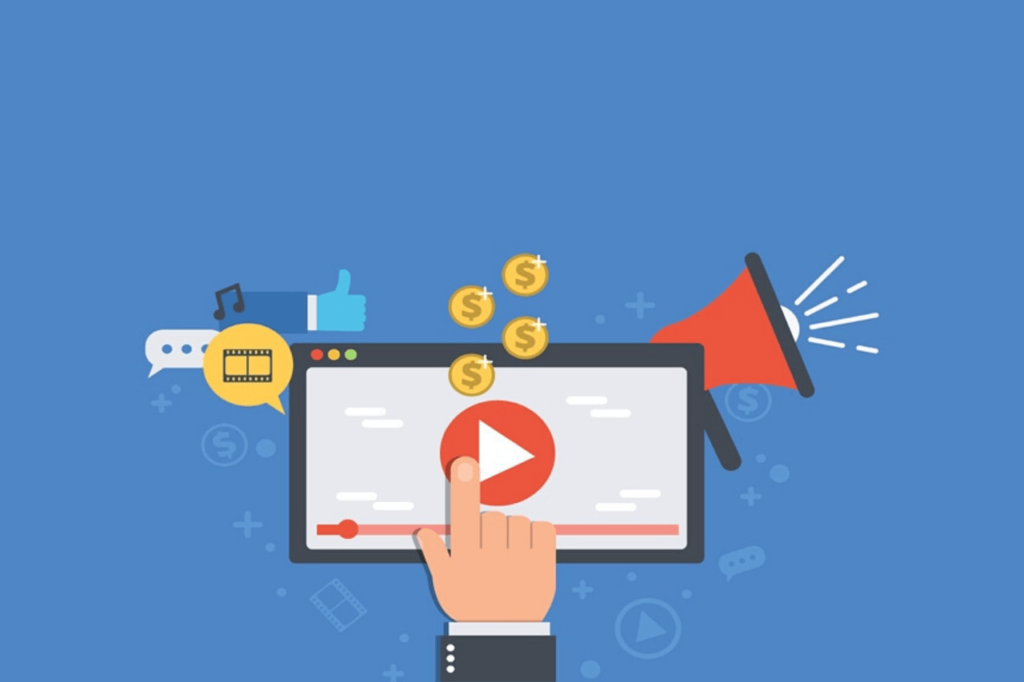
10. Influencer Marketing: Social Proof
Influencer marketing is a large trend for digital media marketing. Brands have the ability to reach their audience via influencers who customers trust. Instagram, YouTube, and TikTok influencers are massive in the number of their followers and are able to shape purchasing decisions.
Choosing the right influencer is important. Keep in mind:
- Relevance of the audience
- Engagement rates
- Authenticity
With the use of influencers, companies are able to create brand awareness and build social proof.
11. Data Analytics in Digital Media Marketing
Today’s marketers measure success in terms of numbers. Through the use of Google Analytics, HubSpot, and social media monitoring, marketers are able to track campaign effectiveness in real-time.
Analytics benefits businesses:
- Through customer behaviors being known.
- Through optimizing marketing campaigns.
- Through tracking ROI on digital campaigns.
- Through audience segmenting for sponsored content.
12. Future Trends in Digital Media Marketing
Looking ahead to 2025 and beyond, the landscape of digital media marketing keeps evolving. Some of the emerging trends are:
- AI & Automation: Leverage of AI-powered software solutions to generate content, handle social media, and support customer care.
- Augmented Reality (AR): Application of AR technology in advertising and e-commerce.
- Voice Search: Voice search engine optimization due to growing voice-enabled assistants.
- Micro-Influencers: Collaborating with small but highly niche influencers who engage high-quality follower bases.
13. Digital Media Marketing Blunders
Some mistakes that companies make while marketing on digital media are:
- No Strategy: Not marketing with clearly stated objectives.
- Neglecting Analytics: Not tracking performance to optimize campaigns.
- Forgetting Mobile: Not optimizing content for mobile.
- Ignoring Customer Feedback: Not engaging or responding with your audience.
14. Crafting a Digital Media Marketing Plan
Creating a successful digital media marketing strategy:
- Establish Clear Goals: Define what success is (e.g., brand awareness, lead generation, etc.).
- Know Your Audience: Discover demographics, interests, and online behavior.
- Select the Right Channels: Use social media, email, SEO, and paid advertising strategically
- Create Compelling Content: Develop content that resonates with your audience.
- Analyze & Optimize: Track your campaigns regularly and optimize them for better performance.
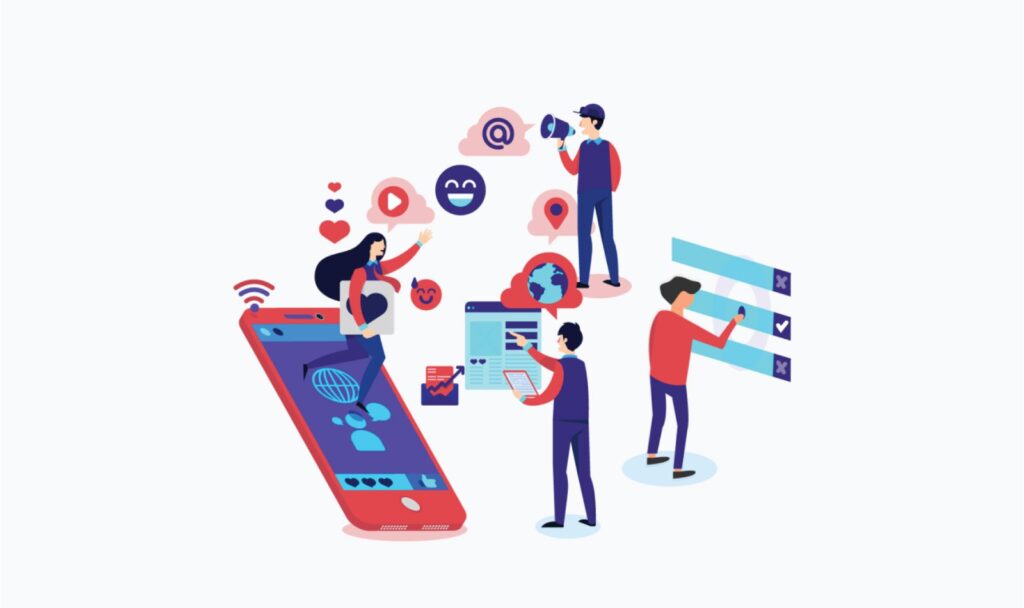
15. Conclusion
Digital media marketing is arguably the most important aspect of business success in today’s era. Leveraging the power of social media, SEO, content marketing, and data analysis, businesses are able to entice their audience, enhance traffic, and enhance conversions.
As new technologies constantly advance, the future of digital marketing looks good with infinite opportunities for growth and innovation.
Remain up-to-date with industry trends, never cease to grow and develop with the times, and continue to test so that your marketing efforts remain effective and enduring.



